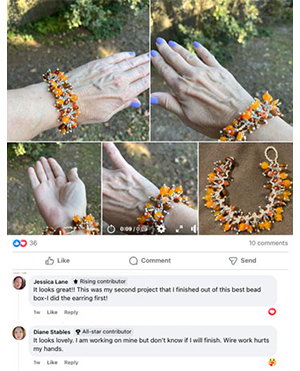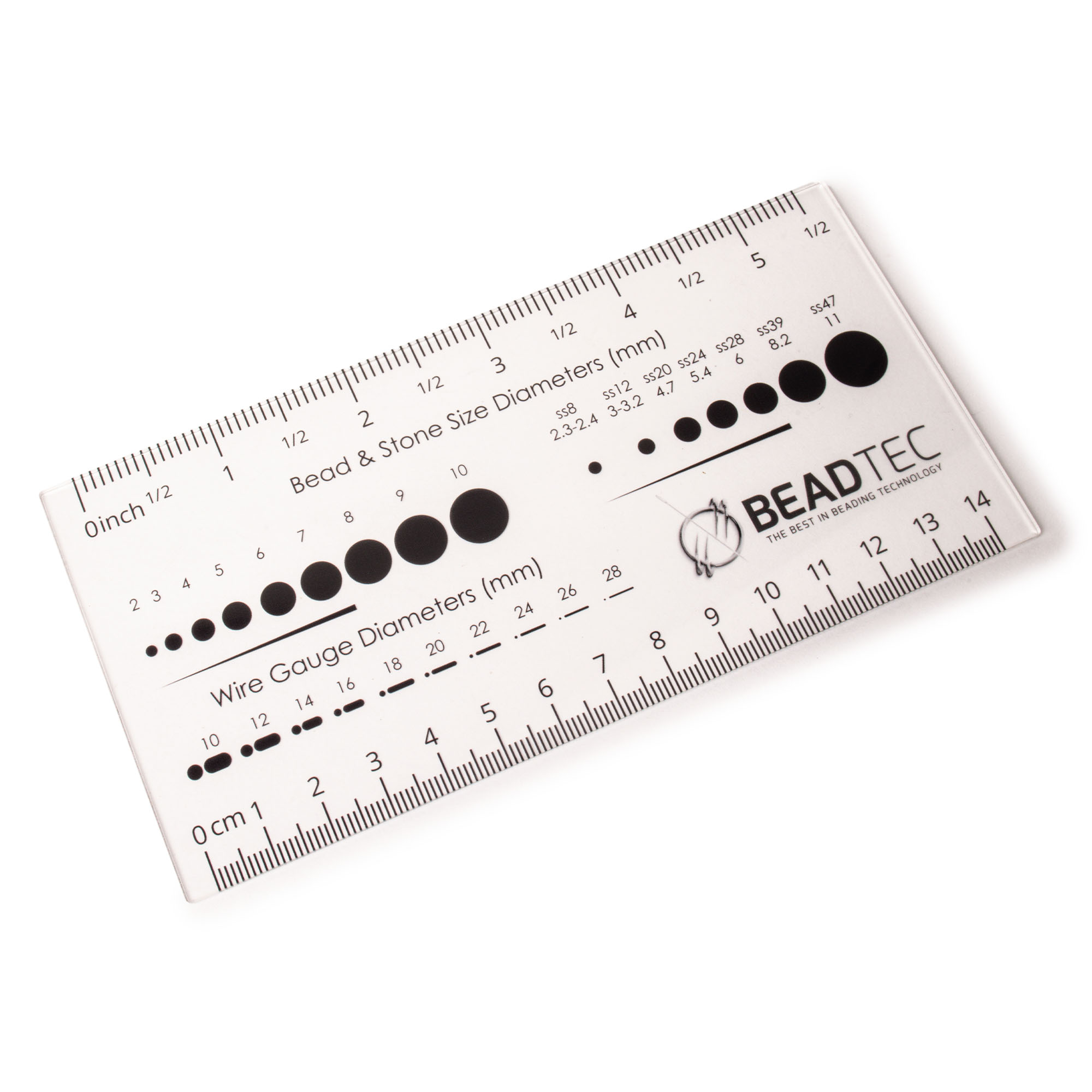- Jewelry-Making Supplies ▾
Design Jewelry with Confidence!
Seed Beads
Thread, Wire, & Stringing Materials
Athenacast Findings & Components
Everything Else
- Kits & Collections ▾
Assemble Your World
Kits & Collections
- Subscriptions ▾
Want monthly Beading Happiness?
Subscriptions
- Learn to Make ▾
Want to learn more?
- Discounts & Deals ▾
Explore Today's Promotions!
- Jewelry-Making Supplies
- Kits & Collections
- Subscriptions
- Learn to Make
- Discounts & Deals
-
Seed Beads
Thread, Wire, & Stringing Materials
Findings & Components
Everything Else
-
Kits & Collections
-
Subscriptions
- Home
- How to Make Jewelry
- Better Beader Episodes
- Using Wire Guards
Using Wire Guards

Watch the Video Tutorial
Watch the Video Tutorial
Need Any Extra Materials?
Need Any Extra Materials?
Need Any Extra Materials?
Need Any Extra Materials?
Episode Transcript
Episode Transcript
Introduction
In Better Beader Episode 36, Allie and Katelyn explore the versatile world of wire guards and demonstrate how these simple components can elevate your jewelry designs. Wire guards are an essential tool for creating professional-looking pieces, providing both functionality and aesthetic appeal. In this article, we'll guide you through the process of incorporating wire guards into your beading projects, based on the expert tips and techniques shared in the episode.
Materials Needed
- Wire guards (90-degree angle or U-shaped)
- Beading wire (49-strand or 19-strand)
- Crimp tubes (size 2x2mm)
- Crimp covers (size 3-4mm)
- Chain nose pliers
- Crimping pliers
- Wire cutters
- Beads of your choice
- Clasps (lobster claw or toggle)
Step-by-Step Tutorial
- Begin by selecting your desired wire guards. Allie and Katelyn recommend using 90-degree angle or U-shaped wire guards for a clean, professional look.
- Cut a length of beading wire appropriate for your project, leaving enough excess to work with comfortably.
- String your chosen beads onto the wire, designing your piece as desired.
- Once you've reached the end of your design, string on a crimp tube, followed by your wire guard.
- Pass the wire back through the crimp tube, creating a loop around the wire guard.
- Using crimping pliers, carefully compress the crimp tube, securing the wire in place. Katelyn suggests using the "Beadsmith 4 in 1 Crimper" for best results.
- Trim any excess wire close to the crimp tube, ensuring a neat finish.
- For added security and a polished look, slide a crimp cover over the compressed crimp tube and gently squeeze it closed using chain nose pliers.
- Attach your clasp of choice to the wire guards, using jump rings if necessary.
- Repeat the process on the other end of your beadwork, ensuring both sides are secure and even.
Customization Ideas & Inspiration
Wire guards come in various shapes, sizes, and finishes, allowing you to customize your designs to suit your personal style. Experiment with different metals, such as silver, gold, or antique brass, to complement your bead selection. You can also play with the placement of wire guards, using them as focal points or hidden structural elements.
For a unique twist, try incorporating multiple wire guards into your design, creating intricate patterns or layered effects. Mix and match different bead shapes, sizes, and colors to create eye-catching combinations that showcase the versatility of wire guards.
Conclusion
With the help of wire guards, you can take your beading projects to the next level, adding both strength and style to your designs. By following the steps outlined in this tutorial, inspired by Better Beader Episode 36, you'll be well on your way to creating stunning, professional-quality jewelry pieces.
We encourage you to experiment with the techniques shared by Allie and Katelyn, and to share your own creations with the beading community. If you have any questions or need further guidance, don't hesitate to reach out in the comments below.
For more inspiring beading projects and expert tips, be sure to check out other episodes in the Better Beader series. Happy beading!
Join Our Growing Community
Join Our Growing Community




Our Testimonials
Our Testimonials
- 56058 (83.7%)
- 4819 (11.3%)
- 3300 (4.1%)
- 233 (0.5%)
- 125 (0.3%)
- Favorite Reviews
- Highest to Lowest
- Newest to Oldest
- All Ratings
- 5 ★ Reviews
- 4 ★ Reviews
- 3 ★ Reviews
- 2 ★ Reviews
- 1 ★ Reviews
Loading...
Only Visible on Admin Mode
Item Description
Designer's Material List
Project Steps
Prepare the End: Thread your needle with the beading wire or thread.
Adding the Wire Guard: Slide the wire guard onto the thread, ensuring the thread sits within the U-channel.
Securing the Design: Add any clasps or beads before threading back through the wire guard, if necessary.
Final Adjustments: Use jewelry pliers to adjust the wire guard's distance if needed for your design.
Finishing Touches: Complete your design by securing the thread ends and trimming any excess.
Highest Quality
Products
100% Money
Back Guarantee
Fast
Shipping
Best Teaching &
Customer Service
You'll want these emails...
Get Free Projects & Inspiration
Get Free Projects & Inspiration
- Bullet 1
- Bullet 2
- Bullet 3
Copyright © PotomacBeads









